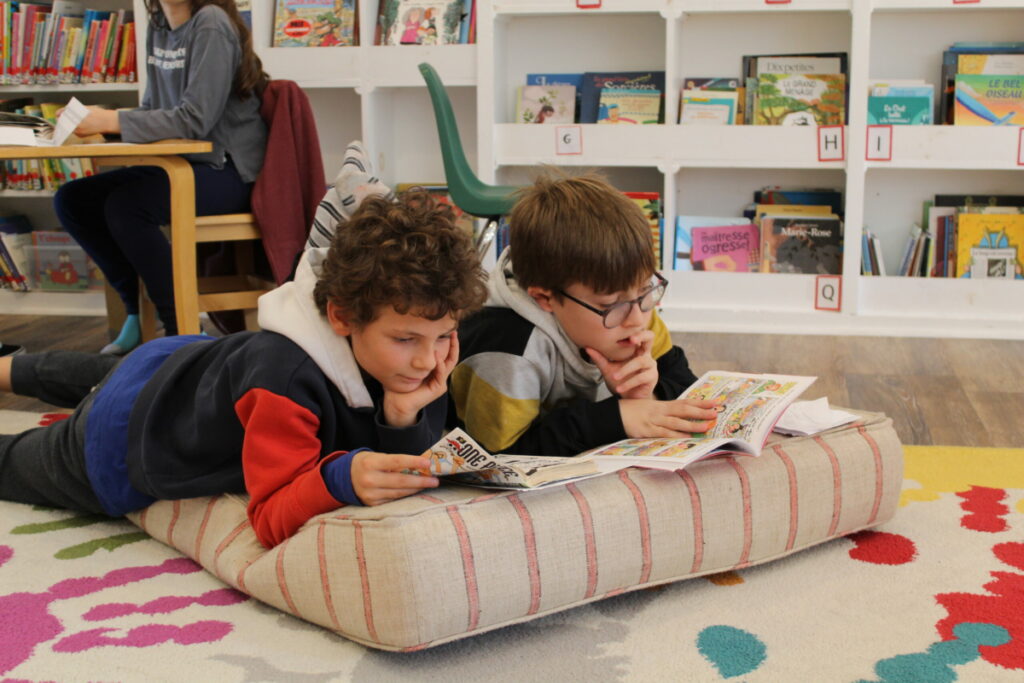This month, our school welcomed Dr. Monica Neagoy, a renowned mathematics education specialist. Over the last three years, Dr. Monica Neagoy has been working with our school, offering training and guidance to our teachers on effectively incorporating Singapore Math into our curriculum. Additionally, we have integrated the Singapore Math textbooks, authored by Dr. Neagoy, into our classrooms. Her expertise has played a pivotal role in the seamless integration of the Singapore Math method into our bilingual educational program.
We are proud to be at the forefront of educational innovation, especially as the French government has recently announced its plans to gradually introduce the Singapore Math method into all primary schools across France. This decision aligns with the approach we have taken, and we are excited to witness the benefits of this innovative approach to mathematics education. Dr. Monica Neagoy shared in this interview the benefits of the Singapore method and the necessity to enjoy math!
Singapore Math draws on influential educational theories and research from prominent figures such as Piaget, Bruner, and Montessori, incorporating their insights into its pedagogical approach. Singapore Math is an innovative and highly effective teaching approach that emphasizes three fundamental elements: modelization, a concrete-pictorial-abstract (CPA) progression, and verbalization.
Here’s a brief description of the three Singapore Math fundamental key elements:
Modelization Makes Math Easier to Understand
Singapore Math places a particular emphasis on the use of bar models. Bar modeling is a powerful visualization tool that aids students in solving complex mathematical problems. This technique involves representing mathematical relationships and problem situations using simple, rectangular bars. The bars serve as a visual representation of quantities and their relationships, making abstract problems more tangible for students. For instance, in a word problem involving addition or subtraction, students can draw bars to represent different parts of the problem, allowing them to visualize the relationships between the quantities involved. The bar model provides a clear and structured approach to problem-solving, helping students to better understand the problem context and devise systematic strategies for finding solutions. Integrating bar models into the Singapore Math curriculum enhances students’ ability to translate real-world problems into mathematical expressions and equations, fostering a deeper understanding of mathematical concepts.
The Concrete, Visual, and Abstract Approach in Mathematics
Concrete:
In the first stage, the concrete phase, students are introduced to mathematical concepts using physical objects and manipulatives. This hands-on approach allows children to grasp abstract ideas through tangible experiences. For instance, when learning addition, students may use physical objects like counters or blocks to physically combine sets, promoting a clear understanding of the concept.

Pictorial:
The next stage involves transitioning from the concrete to the pictorial. Students represent mathematical concepts using visual models and drawings. This stage helps bridge the gap between the physical and abstract by encouraging students to visualize problems. Continuing with the addition example, students might draw pictures or use diagrams to represent the addition of sets, reinforcing their understanding with a visual element.
Abstract:
Finally, the abstract phase involves working with numbers and symbols without the aid of physical objects or visual models. By this stage, students have built a strong foundation through concrete experiences and visual representations, making it easier for them to comprehend abstract mathematical concepts. They can now solve problems using standard mathematical notation.

The Benefits of Verbalizing Math Concepts for Students
Throughout each stage, verbalization plays a crucial role. Students are encouraged to articulate their thought processes, explaining their reasoning and methods. This verbalization helps solidify their understanding, as it requires them to express their ideas coherently. Moreover, explaining concepts verbally allows teachers to assess students’ comprehension and correct any misconceptions.
Singapore Math’s emphasis on the concrete-pictorial-abstract progression, coupled with verbalization, promotes a holistic understanding of mathematics. This method cultivates problem-solving skills, critical thinking, and a deep appreciation for the logical structure of mathematics, providing students with a strong foundation for future mathematical learning.







